Every winter, Southerners crave heat like crazy. Why is there heating in the north but not in the south? This is the question in every southerner's mind. The main reason is not that it is colder in the north, but due to the limited production of coal in the south. Even now, centralized heating in China still relies mainly on coal combustion, and China's coal production is far from being able to meet the demand for centralized heating nationwide.
In addition to the problem of energy consumption, there is also the problem of air pollution caused by centralized heating. Each ton of coal combustion produces 1600×S%kg of sulfur dioxide, 10,000 cubic meters of exhaust gas, and 200kg of soot. In recent years, whether it is Jin Ji North or Jiangsu, Zhejiang and Shanghai areas have erupted in a wide range of serious haze days, causing inconvenience to people traveling at the same time also affects physical and mental health.
In fact, the South does not have to go the old way in the North, now more low-energy insulation building, perhaps more suitable for the South. Southern winter often rains, humidity, and the specific heat capacity of water is very large, so compared with dry air, humid air warming requires more heat, the insulation of the house is particularly important.
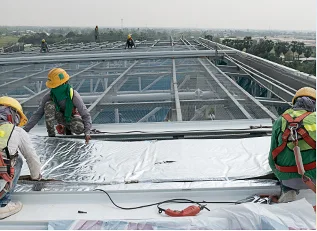
Insulation is an important economic and environmental investment in buildings. By installing insulation, buildings use less energy for heating and cooling and occupants experience fewer thermal changes. Retrofitting buildings with further insulation is an important climate change mitigation strategy, especially if the building is heated by oil, natural gas, or coal power. Local and national governments, as well as utility companies, often adopt a variety of incentives and regulations to encourage insulation in new and renovated buildings as part of efficiency programs to reduce grid energy use and its associated environmental impacts and infrastructure costs.
Maintaining acceptable temperatures in buildings (through heating and cooling) consumes a significant portion of global energy consumption. XCGS new environmentally friendly thermal insulation materials is designed with a composite sandwich structure in order to achieve energy saving and consumption reduction. The inner and outer surface layers are made of aluminum foil multilayer composite material, and the middle layer is PE polyethylene air bladder bubble/XPE foam, which is designed to make the product have a very good thermal insulation efficacy.
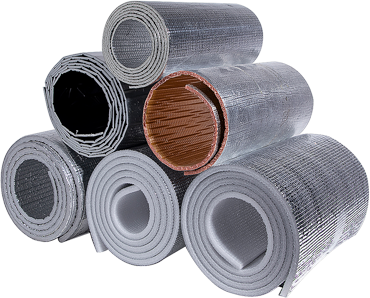
Flat panels made from aluminum composites, consisting of two thin coil-coated aluminum sheets bonded to a non-aluminum core, are commonly used for exterior and interior building cladding or partitions, false ceilings, signage, machine coverings, container structures, and more. Aluminum panels can be coated with polyvinylidene fluoride (PVDF), fluoropolymer resins (FEVE) or polyester coatings. Aluminum can be painted any color, and can be produced in a wide range of metallic and non-metallic colors as well as patterns that mimic other materials such as wood or marble. The core material is usually low-density polyethylene (PE), or a mixture of LDPE and mineral materials to exhibit flame retardant properties. Star's new environmentally friendly thermal insulation material passed the highest level of fire performance test of AWTA, an Australian authority, in 2013, and is recognized as an ideal material for fire protection and thermal insulation at home and abroad.
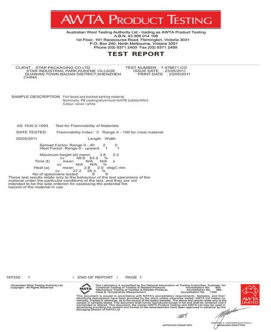
In addition to excellent thermal insulation performance and fire resistance, Star's new environmentally friendly thermal insulator also has the following advantages, making it the perfect choice for winter installations.
① Cost Savings
The annual cost savings of insulation varies greatly depending on a number of factors, including the thickness of the insulation, the performance of the original wall, the local climate, heating/cooling usage, air tightness of other building components, etc. The savings can be as much as 20% to 50% of a homeowner's utility bills. Typical savings for homeowners are 20% to 50% on utility bills.
② Sound insulation and noise reduction
Insulation reduces sound traveling through walls and between floors, reduces lateral vibration of gypsum board and attenuates sound transmission along cavities. Foam, which is about three times as dense as fiberglass, offers a slight improvement in noise reduction.
③ Mold and pest control
Insulation ensures that the surface temperature of a room does not fall below a critical level, thus avoiding condensation and mold formation. Adequate insulation is an essential task to ensure a healthy indoor environment and prevent structural damage.
④ Vapor barrier
Foil can be coated to resist natural elements or abrasion. It can be attached to insulating materials such as polyisocyanurate, rigid foam, bubble insulation or oriented strand board (OSB). Reflective tape can be adhered to the foil to make a continuous vapor barrier. Star Thermal Insulation uses composite sandwich structure design, the inner and outer surface layers are aluminum foil multilayer composite materials, and the middle layer is PE polyethylene air bladder bubble/XPE foam, which makes the product have a very good barrier effect, and even if the moisture passes through the outer aluminum foil layer to reach the middle layer of PE air bladder layer, convection will be formed in the middle layer, and it is not easy to penetrate into the innermost aluminum foil layer, so that it can achieve the expected barrier effect.
In fact, now some developed countries in Europe, low-energy insulation building has entered a mature period. Under the support of national policies, China has also begun to vigorously promote this environmentally friendly low-energy building method to mitigate greenhouse gas emissions and save energy consumption. Centron actively responds to the national call to advocate low-energy insulation buildings, contributing to the environmental protection cause, and expects that this green concept can be more widely popularized in the future, creating a better ecological environment for the earth.



















































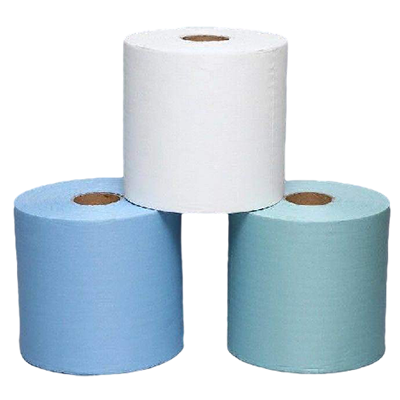



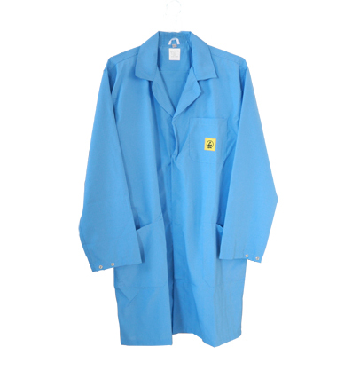
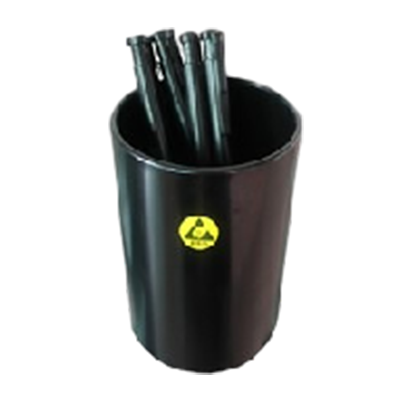


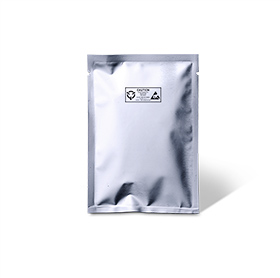
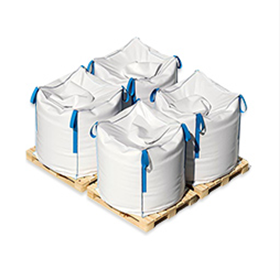








































 18915559236
18915559236 xcbxa@xcgs.com
xcbxa@xcgs.com